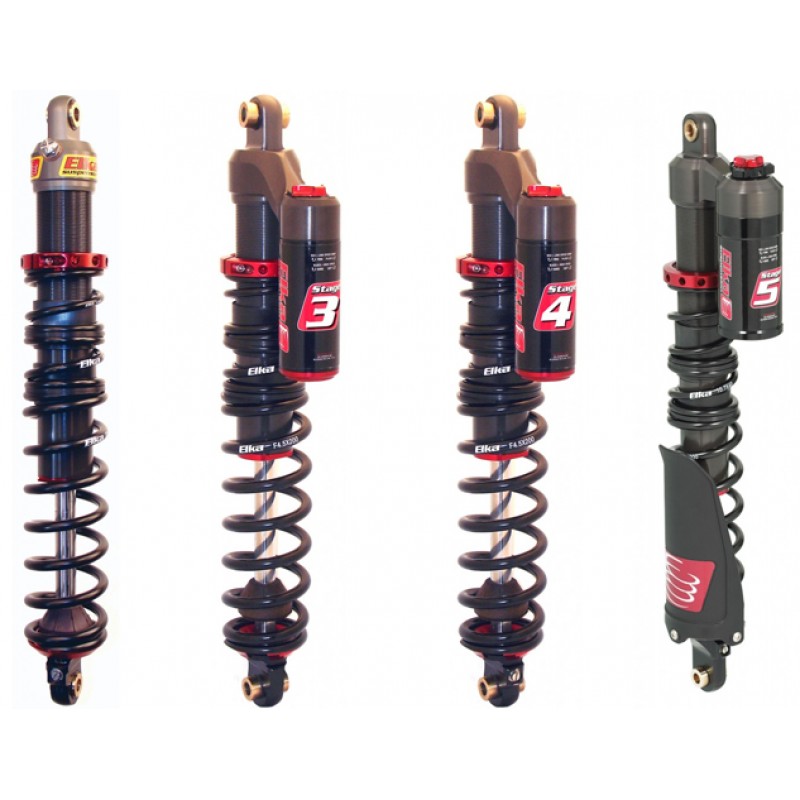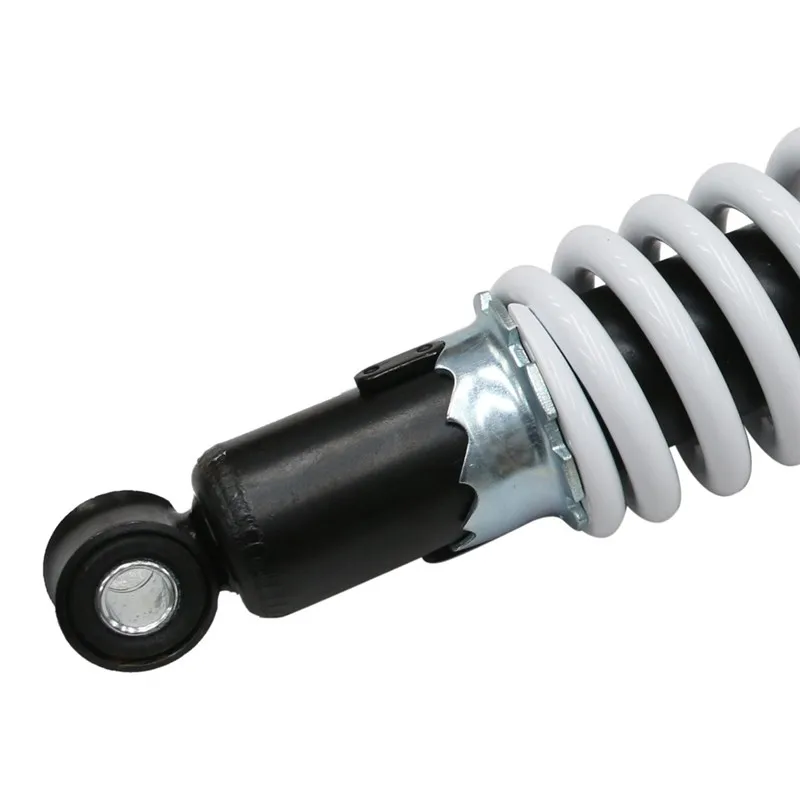Have you ever wondered how your ATV’s suspension works? Do you need to adjust or lower your ATV suspension but do not know how? Knowing how your ATV suspension works and how to adjust it is important, as it will allow you to enjoy better quality rides.
ATV suspension works by helping the quad stay stable on tough terrain. Shocks and springs help resist rapid compression and unstable bouncing. You can adjust the preload, rebound, and compression of your shocks to make your rider softer or stiffer and raise your ride height.
In this article, you will learn how your ATV suspension works. I will also show you how to adjust, lower, and soften it. Let us get started.
An ATV suspension helps your ATV vehicle get over rough terrain. Unlike a regular car’s suspension designed for pavement and flat roads, an ATV suspension is designed to help you drive off-road.
When driving off-road, you will encounter ruts, bumps, rocks, ditches, logs, branches, and various other obstacles that you just won’t find on-road. The suspension ensures that your ATV vehicle can drive over these obstacles and not get damaged.
A suspension, in simple terms, smoothes out your ride. If you are driving on smooth pavement, the suspension does not have to do that much. However, if you drive off-road, it takes a lot more work to smooth out the ride. That is why ATV suspensions are more complex.
The suspension is responsible for other things as well. It makes sure that your vehicle is stable, even when driving on rough terrain. It consists of various parts that help it do its job, including springs and shocks.
I will go over what these components do in the next section, explaining exactly how your ATV suspension works.
As mentioned before, your ATV’s suspension has several parts that do several things to ensure your vehicle can drive smoothly, even on less than smooth ground.
I will go over several of these parts in this section. Although there is always a lot more to learn about how suspensions work, this section should give you a pretty good understanding of what your suspension does.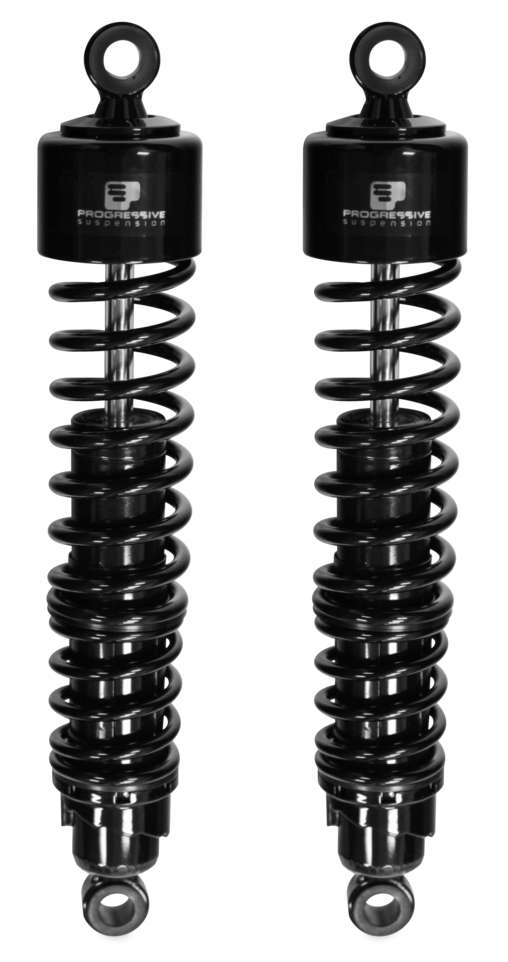
The two top things to know about are the springs and shocks. These shocks help absorb the force acting on your vehicle.
For example, when you drive over a rock, the shock absorbers help absorb the shock that your vehicle would receive. If they do their job well and absorb the shock, you will not feel it as much.
ATV shocks usually have oil in them. This oil helps prevent the suspension from compressing. There are various designs available. You might get a shock with an oil reservoir within the shock.
This oil works against the compression that comes with normal bumps and helps keep your vehicle stable.
Also, the springs help prevent compression. The springs’ job is to get your vehicle to “spring” back into its original position instead of being compressed when it goes over a bump or rut. If the springs are strong, your vehicle will not compress as much.
It will not bounce back and forth as much, as the springs will hold it back from that. You will not feel the bumps so much in your body as a consequence. Also, you will have additional ground clearance.
You will not feel the bumps so much in your body as a consequence. Also, you will have additional ground clearance.
If your springs are old and weak, they will not do as good a job in resisting compression. Your ATV will compress more with every bump and rut. You will feel them more in your body, and you will have less ground clearance.
What you might not know is that there are several types of shocks on the market. Depending on which type of shock you have, you may be able to make certain adjustments. Some shocks do not allow you to make certain adjustments.
Here’s a helpful video to give a visual:
There are many types of shocks available.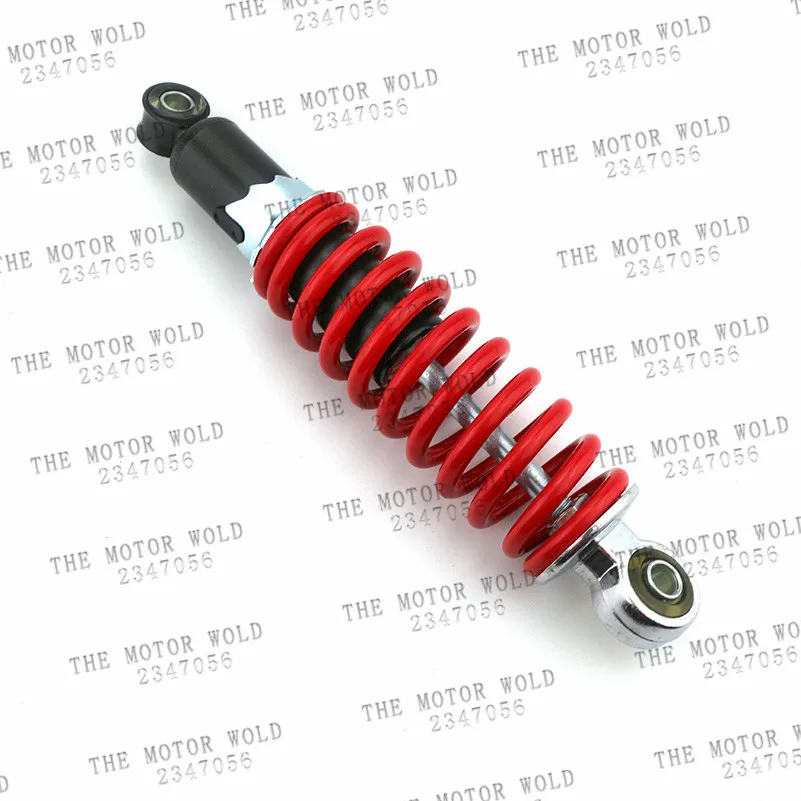 Right now, I will focus on two main types.
Right now, I will focus on two main types.
This type of shock has an oil reservoir built into the shock itself. The problem with this kind of shock is that as the shock moves back and forth when you go over bumps on the road, the oil can heat up. The reason it can heat up is due to the friction of the shock’s movement.
A monotube shock is the most common type of shock on ATV vehicles. If you have a standard ATV vehicle, you probably have a monotube shock. What is the disadvantage of this kind of shock?
When the oil heats up due to the friction of the shock’s movement, foam can form. This foam reduces the effectiveness of the oil and its capability of resisting compression.
However, some shocks have separate reservoirs. A remote reservoir is connected to the shocks by a tube. You can put a remote reservoir anywhere on your vehicle.
A piggyback reservoir is not located in the shock but right by it. It is normally attached to the shock; hence the term piggyback.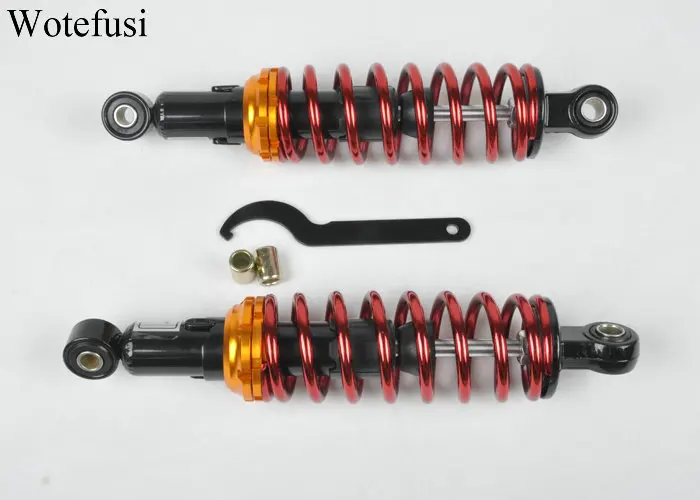 However, since it is not inside the shock, it will not heat and foam up like regular monotube shocks.
However, since it is not inside the shock, it will not heat and foam up like regular monotube shocks.
I mentioned that some types of shocks have different adjustability options. Let me go over that in the next section.
Generally, you can adjust the preload, compression, and rebound of the shocks. However, not all shocks allow you to adjust them in the same ways. I will explain what each of these adjustments is.
The first thing I will discuss is adjusting the preload of your shocks. The preload refers to how much pressure is put on the shocks by default. You will be able to adjust the preload on most shocks, even basic shocks.
Usually, there will be a collar on the shock, which will allow you to adjust the preload. However, not all shocks will have the same type of collar.
Some shocks will have a collar and locking ring that gives you more flexibility in how much preload you can put on your shocks. Other collars might only have five levels of adjustment.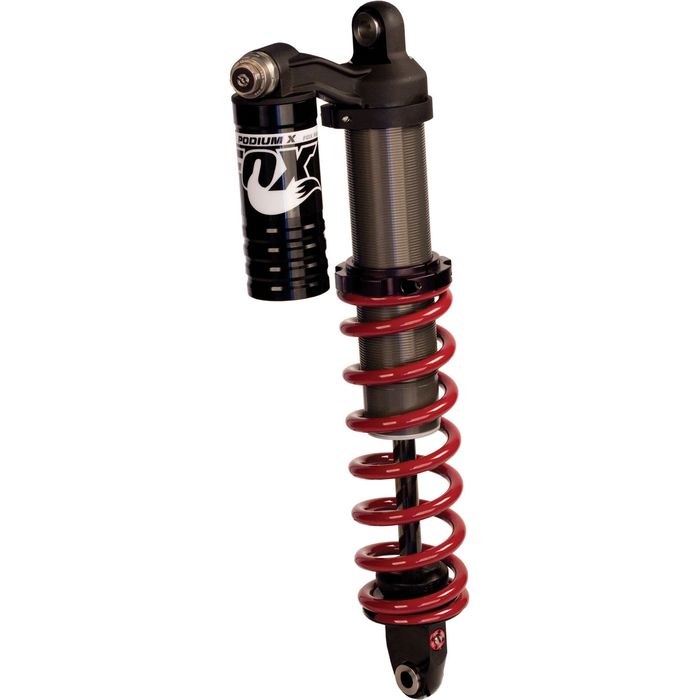
This adjustment is up to you. However, keep in mind that the softer the ride and the less preload, the more likely it is for your suspension to bottom out.
I would recommend that you raise your wheels and entire vehicle off the ground while adjusting the preload. It is simply easier to turn the collar that way.
Adjusting the preload might be the only way to adjust the compression – as I mentioned before, most shocks, even basic shocks, at least allow you to adjust the preload.
Some shocks will have double locker rings. To adjust the preload:
To adjust the preload:
The next type of adjustment is compression. The compression helps prevent your suspension from bottoming out. It is the damping, and it controls the speed of the movement of the shock’s shaft into the body of the shock.
Adjusting the compression allows you to control the speed of the flow of fluid. If the fluid flows too fast, the shock might be too stiff. If it is too slow, the shocks can compress and move rather quickly, which can cause them to bottom out.
So, how do you adjust the compression damping? Usually, there will be an adjustment knob on the body of the shock. It might also be located on the shock reservoir.

There might be several adjustment settings. Usually, the shocks will have a needle valve system and not orifices. When adjusting a shock with a needle valve, you adjust the oil flow, which affects the compression.
I will say that for most shocks, even aftermarket shocks, there is no high-speed compression adjustment. As such, the adjustments you make to the compression damping will matter for small bumps and ruts, not large bumps.
What kind of adjustment is better? I would recommend keeping the oil flow nice and not too slow. Otherwise, the shock can bottom out.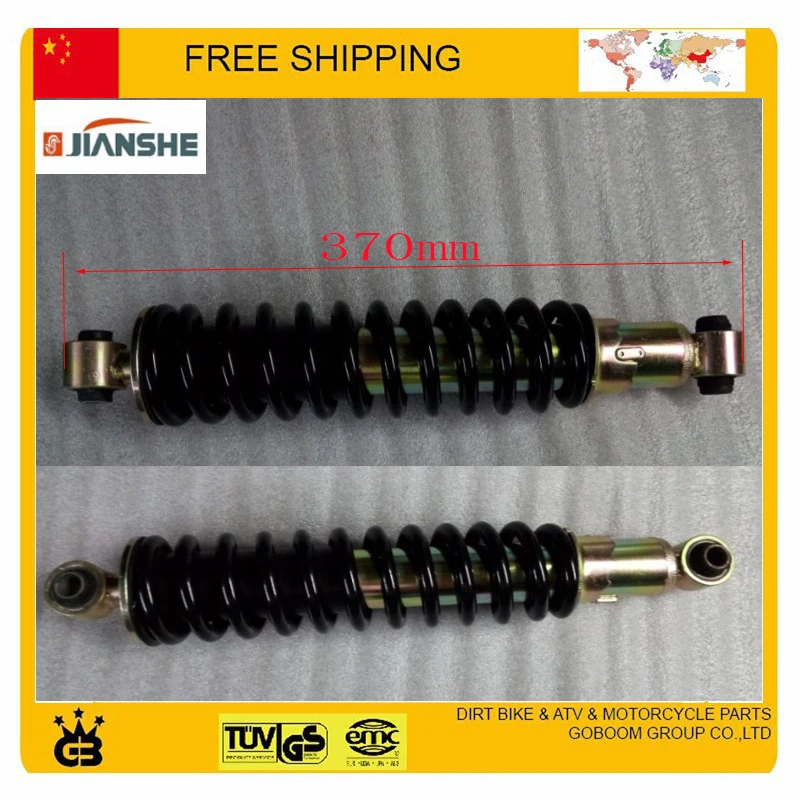 The tires will stay connected to the ground.
The tires will stay connected to the ground.
It will be easier to brake. You do not want to make it too soft. You also do not want to make it too swift. You can adjust the compression based on the track or trailing you are driving on.
Finally, I will discuss adjusting the rebound. Remember, the point of the springs is to make sure your shocks rebound back into their original positions after compressing when hitting bumps or ruts. They can rebound quickly, or they can rebound slowly. That is what this adjustment is for.
If the shocks do not rebound quickly enough, and you keep hitting more bumps and ruts, they will have to compress again. However, to ensure that your suspension is working properly, it needs to compress and rebound after reaching a bump.
If it is not doing that, it will have lost all of its compression travel. It will not work properly, and you may feel your ATV moving quickly from side to side. That is not a lot of fun.
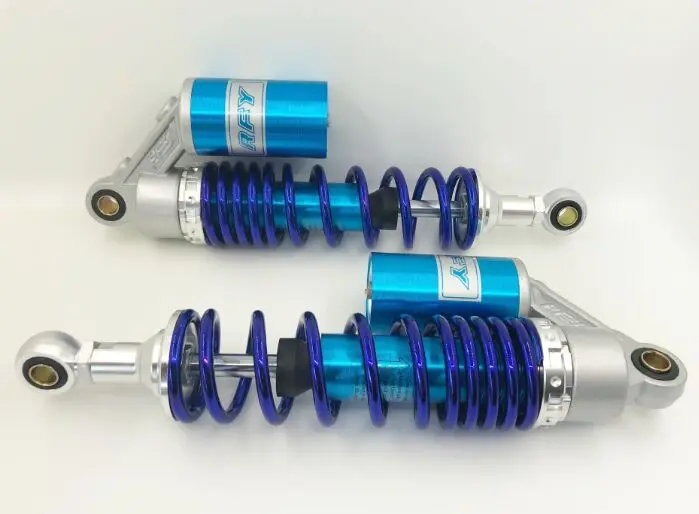
Either way, look for it on the rear shocks of your ATV. Your stock front shocks will probably not have this adjustment possibility, but if it is a second hand ATV with aftermarket front shocks installed, you may very well find this adjustment option on the front shocks.
I know that what I wrote here might seem confusing if you do not know much about suspensions and ATV mechanics.
That is why I am linking the following video, which should help you understand the basics of ATV suspension tuning:
Here is a video that explains the preload very well:
The best way to lower your ATV’s suspension is to buy custom shocks. However, you can adjust the ride height of your shocks as well by adjusting the preload. As mentioned earlier, if you raise the preload and have stiffer shocks, you will have a slightly higher ride height. If you want to lower your ATV suspension, lower the preload pressure.
As for softening the ATV suspension, that is also done by lowering the preload.
Before I close out this article, I will cover some of the most common ATV suspension terms you should know about. Once you know these terms, you will figure out how to work your ATV suspension.
The ride height refers to how high the seat of the ATV is. This height is measured at the time the rider is on the vehicle. That is why it is referred to as ride height.
This height is measured at the time the rider is on the vehicle. That is why it is referred to as ride height.
Camber refers to the tilt of your tires. If they are tilted in at the top and tilted out at the bottom, they have negative camber. If they are tilted out at the top and in and the bottom, they have positive camber. There are different levels of positive and negative camber. Why would you want a negative camber?
Tilting them out at the bottom will help increase traction when going through corners. More of the contact patch will have contact with the ground. If they have a positive camber and are tilted in at the bottom, you will lose traction on corners.
Free sag refers to how much travel the suspension has, considering only its weight and not the rider’s weight. That is how much the suspension sags under its weight. The weight of the ATV will lead to some level of compression and sag. Keep in mind that the front wheels’ free sag might not be the same as the back shocks’ free sag.
The front shocks are located on the front wheels and help them resist compression.
On the other hand, the rear shocks work on the back wheels and help them resist compression.
As opposed to free sag, rider sag refers to the amount of suspension travel used when the rider is sitting in the driver’s seat. Remember, this is not the total suspension travel that the shocks are capable of. Usually, it will be around a third or less of the total possible travel. The suspension will sag under the weight of the rider. It means that there is less travel that can be used when driving over bumps and rocks.
I mentioned bottoming out a few times. You want to avoid bottoming out when possible. Bottoming out refers to when the shock is completely compressed. When this happens, your body can feel it rather harshly, and you can get pain. By adjusting the compression to make it move slower, you can prevent the shocks from compressing completely and bottoming out.
I mentioned that you could adjust the rebound. If it rebounds too quickly and jumps up and down, it is bucking. In other words, the shocks are going up and down quickly to the point of being out of control.
At this point, I hope you understand a little more about what the shocks do and what their main components do. You should also have at least some understanding of the main kinds of adjustments you can make and why you might want to do them. The main adjustments to make are the preload and rebound adjustments.
Sharing is caring!
Adjusting the shocks on your ride is one of the easiest and most effective ways of perfecting how your ATV feels to ride.
The proper suspension adjustment can smoothen out every bump in the trail while giving you better traction and control when you need it. It’s fun to try out different suspension adjustments, and it takes almost no time at all.
It’s fun to try out different suspension adjustments, and it takes almost no time at all.
First, we need an idea of how the suspension works in your ATV.
The suspension system of your ATV is made up of several shocks. Each of these shocks is made up of two main parts, the spring and the shock absorber (also known as the dampener). As we’ll see, these two parts work against each other to give you the perfect ride based on the adjustments you make.
Hit a bump on the road, and the spring will compress, so you don’t feel it. The spring tension then drops the tire back down immediately, so you retain traction. Great! But if we only had springs, our ATVs would be bouncing around all over the place like a grasshopper. It’d be impossible to control.
The shock absorber acts as the counter to the spring. It has an oil-filled tube with a piston that absorbs much of the bounce of the spring, like when you push a spoon into a jar of thick peanut butter. Some of the force is absorbed, and the bounce of the spring is smoothened out.
Some of the force is absorbed, and the bounce of the spring is smoothened out.
When the spring and shock absorber are perfectly adjusted to work against each other, you’ll get a smooth ride that cancels out all the little bumps in the road but also handles high-stress situations, like going over a big jump, with aplomb. If you feel the shocks on your ATV are too soft or hard, you can adjust them.
ATV are waterproof & breathable riding gear
Find out the items that suit your needs
There are two main measurements when it comes to ATV shocks. The first is compression. This is how much the spring will compress. Loose compression will feel bouncy, and when you go over major jumps, the springs will completely bottom out, making for a shudder and potential injury.
When the compression is too stiff, you’ll feel every bump in the road. This not only feels uncomfortable, but it can also make the ATV difficult to ride as you’re constantly fighting the shocks from the terrain.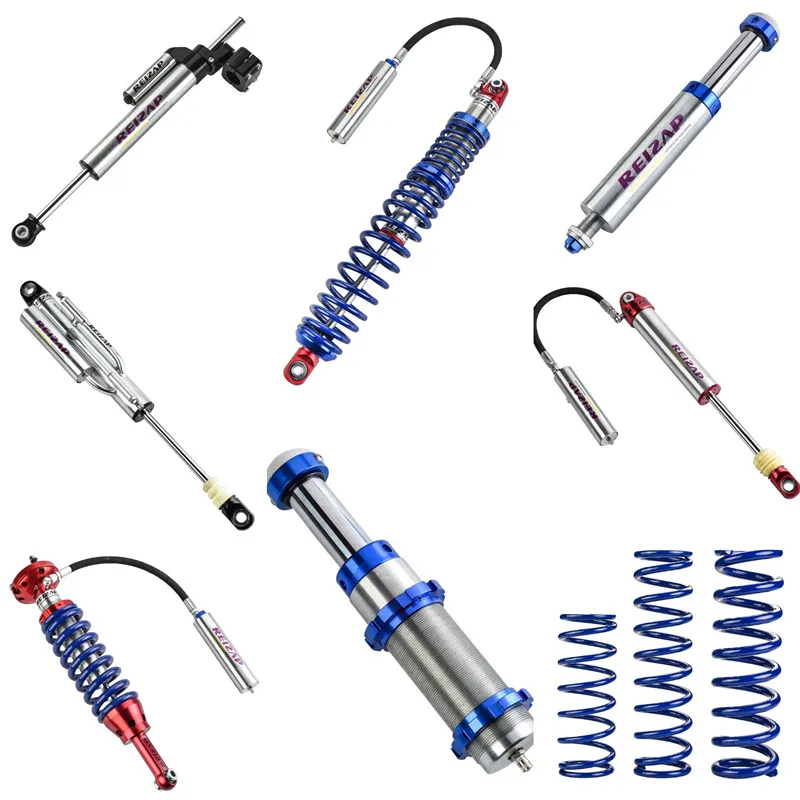
When you adjust ATV shocks, you mainly adjust the compression.
The other important measurement in shocks is the rebound. Not every ATV suspension will allow you to adjust the rebound. Where compression is how much your springs will compress, the rebound is how fast the spring will decompress.
Stiff rebound means your tires won’t quickly return to the ground quickly enough, so you’ll lose traction. Loose rebound will return the tires to the ground too quickly, giving you a bucking motion that can make recovering from jumps feel jittery.
Image from Jonathan Cedotal YouTube Channel
How you decide to adjust your ATV suspension will depend on personal preference and how aggressive you ride. If you’re constantly going over heavy jumps, you might choose to set a higher compression, for example so that the suspension won’t bottom out.
Exactly how to adjust the suspension on your ATV comes down to the make and model.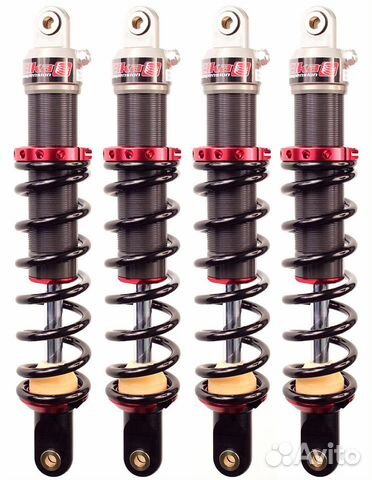 Most ATVs these days use clickers, which is essentially a nut, screw, or knob at the top of the suspension. All you need to do is adjust the clicker, and the suspension will adjust accordingly. Older models have no clicker, and you need to adjust the shock’s threaded collar.
Most ATVs these days use clickers, which is essentially a nut, screw, or knob at the top of the suspension. All you need to do is adjust the clicker, and the suspension will adjust accordingly. Older models have no clicker, and you need to adjust the shock’s threaded collar.
More advanced suspensions may have two clickers. These are known as high-speed clickers and low-speed clickers. As you might expect, the high-speed clickers adjust how much compression you’ll get at big hits like a jump, and the low-speed clicker is for adjusting the compression at low speeds. Testing the ATV on big jumps and a section of bumps will give you an idea of whether you want to loosen or tighten these compression settings.
In some cases, there will also be a rebound adjuster located at the bottom of the shocks. You can test the rebound of your vehicle over a small jump to get an idea of whether your current rebound is too loose or tight.
HIT
ENDURO LIGHT Graphite
the most durable
458 EUR
HIT
ENDURO Camogrey
the most durable
657 EUR
ENDURO Graphite
the most durable
279 EUR
HIT
ENDURO Graphite
the most durable
657 EUR
-28%
AQUAMASTER-ZIP LIGHT Camogrey
with central zipper
598 EUR
430. 40 EUR
40 EUR
HIT
ENDURO LIGHT Camogrey
the most durable
458 EUR
-12%
AQUAMASTER LIGHT Red
reliability & comfort
438 EUR
386.20 EUR
NEODRY Black
NEOPRENE SOCKS
17 EUR
11.90 EUR
ENDURO Camogrey
the most durable
279 EUR
AQUAMASTER Blue
reliability & comfort
647 EUR
-20%
HIT
AQUAMASTER Red
reliability & comfort
259 EUR
207.20 EUR
-40%
HIT
AQUAMASTER Orange
reliability & comfort
259 EUR
155.40 EUR
AQUAMASTER Red
reliability & comfort
677 EUR
ENDURO BF Camogrey
bootfoot waders
528 EUR
ALL SEASON Black
HIGH-ACTIVITY THERMAL UNDERWEAR
69 EUR
ENDURO BF Camogrey
bootfoot waders
329 EUR
MUDWAY Graphite
RELIABLE JACKET
179 EUR
MUDWAY Camogrey
RELIABLE JACKET
179 EUR
NEOSENSOR Camoarmy
SEMI FINGERLESS GLOVES
12 EUR
8.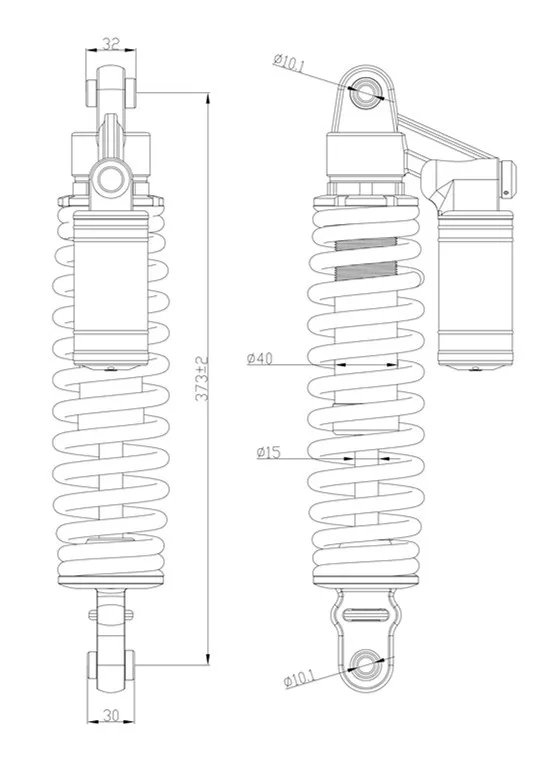 40 EUR
40 EUR
MUDWAY Red
RELIABLE JACKET
179 EUR
Explore all
Dear readers! Our article is for informational purposes only, which does not imply the provision of the services described in the article!
Contents
A modern car is made up of thousands of parts that define its functionality in different ways. Some of them directly affect the very possibility of driving a vehicle, others - on its safety and quality, and others - on the comfort of the driver and passengers. For example, broken optics do not allow driving at night, especially on a busy highway, so it needs to be replaced with high-quality factory headlights.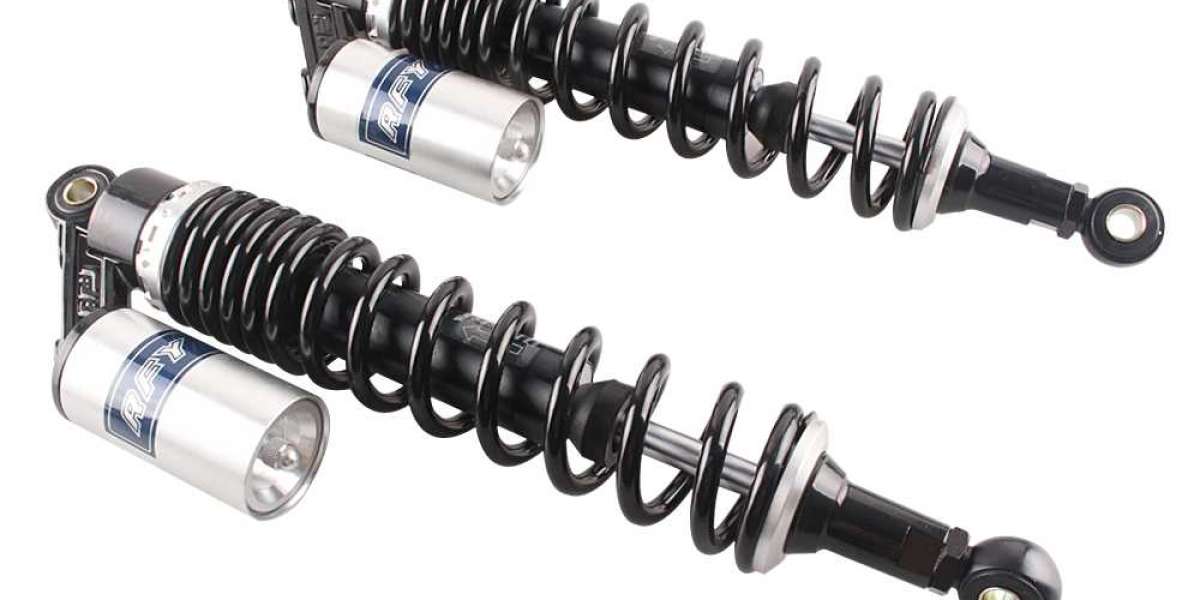 And when shock absorbers flow - what to do? The car retains the ability to move. Do I need to repair this part or can I do without replacing it?
And when shock absorbers flow - what to do? The car retains the ability to move. Do I need to repair this part or can I do without replacing it?
It may seem strange, but many car owners have little idea of the principle of operation of the shock absorber and its purpose. In mechanical engineering, various types of this device are used, but in most modern cars and trucks, telescopic hydraulic models are used, consisting of several elements:
The shock absorber works by moving a piston inside a cylinder when a mechanical load is applied to it. The piston divides the body into 2 compartments and has small holes through which oil flows from one compartment to another. Due to the small size of these holes, a viscous liquid cannot flow quickly, which creates a certain delay in the movement of the rod and, accordingly, in the transfer of the applied force to them.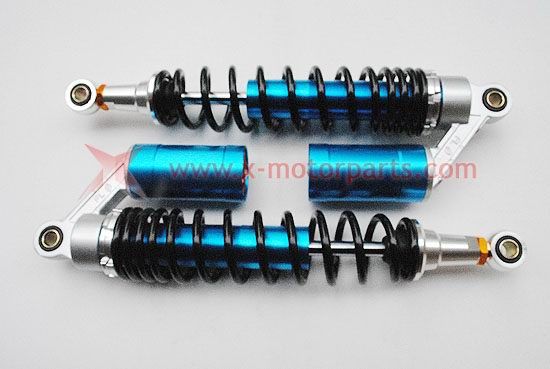
To understand the purpose of a shock absorber, let's look at how it works within a vehicle's entire wheel suspension system. It allows the car to drive smoothly, not bounce on every obstacle and have a stable and tight connection with the road. To fulfill these functions, it consists of the following parts:
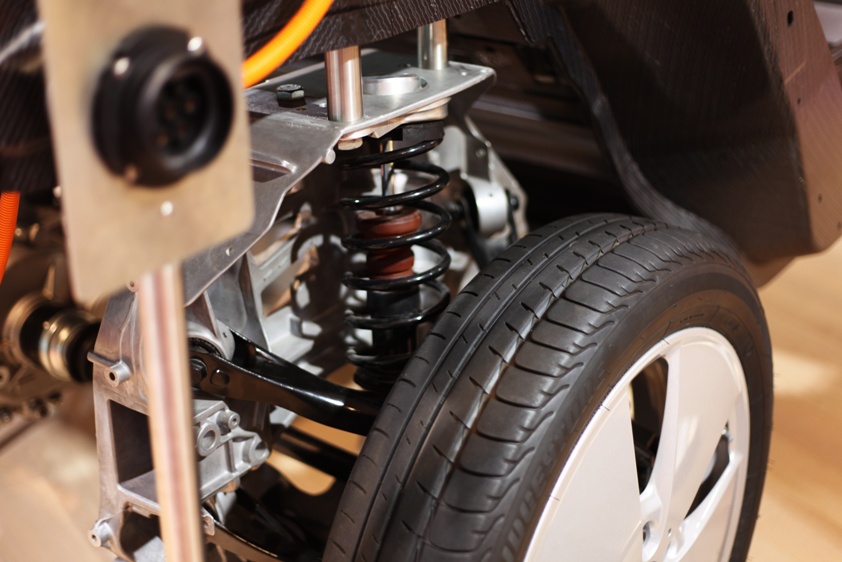
Now let's look at how the entire suspension system works using the example of two common types of obstacles that a car encounters on the road:
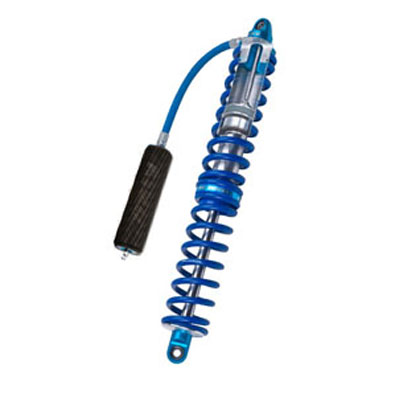 If the hole is not too big, the wheel with a working shock absorber simply flies over it.
If the hole is not too big, the wheel with a working shock absorber simply flies over it. The shock absorber also helps to dampen the longitudinal and transverse inclinations of the vehicle's supporting system (frame or body) during sudden braking, starting or turning. Thus, this suspension element, on the one hand, protects the suspension and the wheel from damage when hitting obstacles, and on the other hand, compensates for vibrations transmitted by the suspension itself to the vehicle body.
The vast majority of modern cars and trucks use oil or gas-oil shock absorbers. The working fluid in them is a viscous liquid. In good condition, the cylindrical body of the shock absorber is completely sealed. At one end, it has a plug, and the hole through which the piston rod exits is closed with a gland seal (gland), which prevents oil from escaping. In other words, the rack becomes faulty if its tightness is broken. The immediate reasons why shock absorbers leak are:
 Stuffing boxes made of dense rubber or other elastic polymers are constantly under load from the friction of a moving rod against their inner side. As a result, even with careful driving, the sealing element is gradually destroyed, which causes leakage. In cold weather, seal wear occurs even faster, as the material from which it is made becomes less elastic due to the cold.
Stuffing boxes made of dense rubber or other elastic polymers are constantly under load from the friction of a moving rod against their inner side. As a result, even with careful driving, the sealing element is gradually destroyed, which causes leakage. In cold weather, seal wear occurs even faster, as the material from which it is made becomes less elastic due to the cold.  Especially often this situation occurs during the start at low temperatures. Unheated oil is too thick and cannot flow through the piston fast enough.
Especially often this situation occurs during the start at low temperatures. Unheated oil is too thick and cannot flow through the piston fast enough. In most cases, shock absorber leaks are due to careless driving and the driver's lack of experience in properly overcoming obstacles or uneven surfaces. Car owners also often forget that the car's shock absorber system must be allowed to warm up before starting, and immediately subject it to excessive loads, picking up high speed from a standstill.
Regardless of what caused the failure of the shock absorbers, it is manifested by the leakage of hydraulic oil from the body. You can determine this by examining the bottom of the car's suspension. However, in some machines, the shock-absorbing elements are hidden from external observation due to their design. Then you can find out about the breakdown by the following signs:
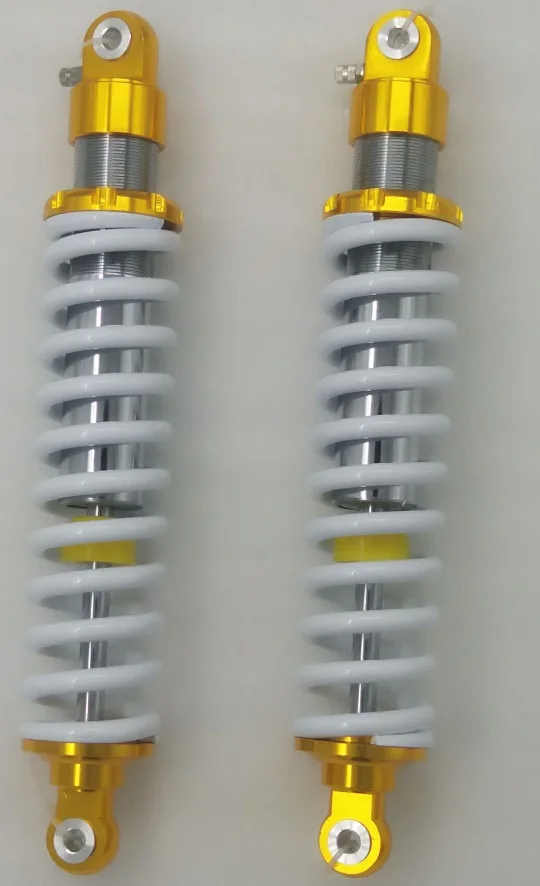
In general, shock absorber failure is manifested by a deterioration in vehicle handling even with a non-aggressive driving style. Also noticeably increases the braking distance and fuel consumption.
Breakdown of these parts of the suspension system can occur at any time when hitting an obstacle, which is often found on the roads. Is it possible to continue the journey and drive on your own at least to the nearest service center for repairs? In theory, yes, you can - shock-absorbing elements do not directly affect the ability of the vehicle to move. However, if the shock absorbers are leaking, the consequences of driving such a car can be deplorable:
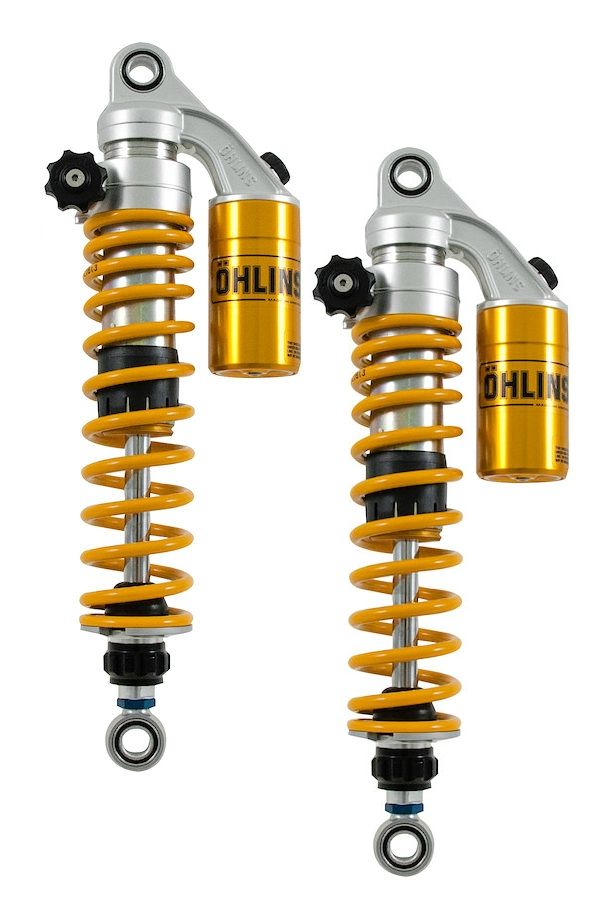
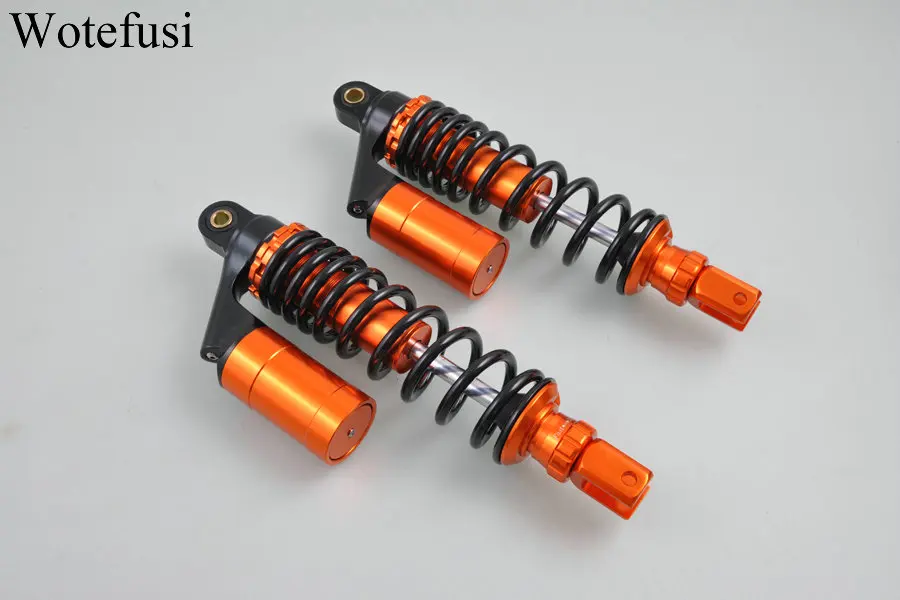 Therefore, conditions are again created for an emergency on the road.
Therefore, conditions are again created for an emergency on the road. How far can you drive if the shock absorber leaks? It all depends on the nature and extent of the damage. If a new shock absorber leaked and the leakage occurred due to a one-time excessive load that did not lead to depressurization of the cylinder or destruction of the oil seal, then the car's handling will deteriorate slightly. It will be possible to drive to the nearest service center to solve the problem. If the depreciation drains have become completely out of order, it becomes difficult to drive such a vehicle, and it is better not to drive it onto the road, creating a danger to yourself and other road users.
There are 2 ways to deal with this problem - restoration (repair) and replacement. The first option will require more time and special skills, therefore it is used only by experienced car owners who are well versed in the car's structure. In general, the repair of a leaking shock absorber includes the following steps:
In general, the repair of a leaking shock absorber includes the following steps:
 No matter how good the piston o-rings and stuffing box look, they should be replaced with new ones. The fact is that in appearance it is impossible to judge the real state of rubber or other polymer seals. Considering them serviceable, you can very quickly encounter a new shock absorber leak.
No matter how good the piston o-rings and stuffing box look, they should be replaced with new ones. The fact is that in appearance it is impossible to judge the real state of rubber or other polymer seals. Considering them serviceable, you can very quickly encounter a new shock absorber leak. The expediency of repairing a defective shock absorber is determined by the following factors:
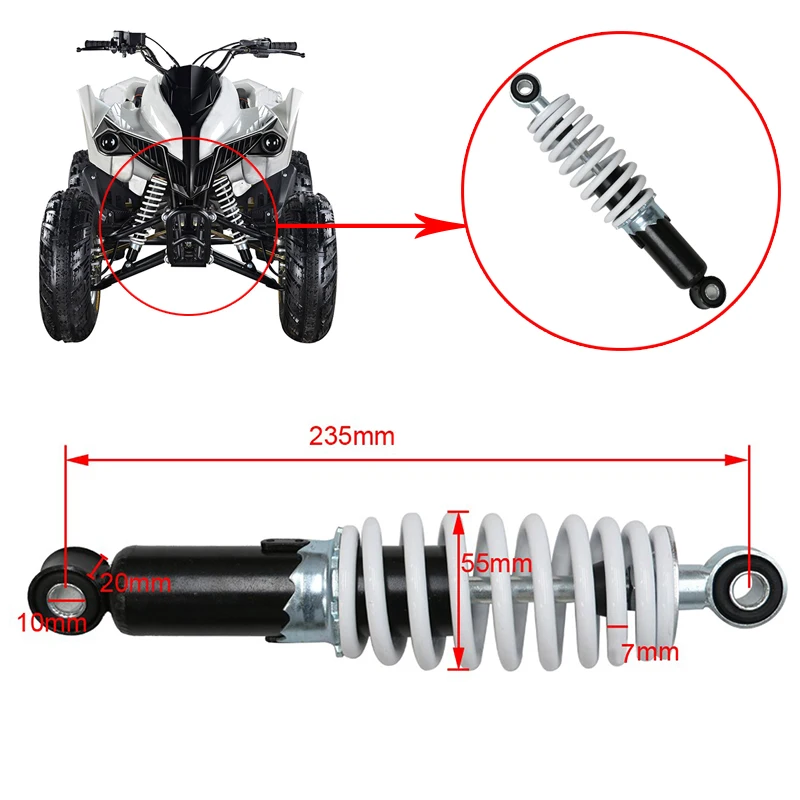
It is also worth remembering that a remanufactured shock absorber, by definition, lasts less than a completely new similar model. The only exceptions are those cases when the old shock-absorbing element is replaced with a cheaper one from a third-party manufacturer. In such situations, it is quite possible that a new non-original shock absorber will last less than an old remanufactured one - it all depends on the quality of workmanship.
If a shock absorber leaks and you have access to modern parts and a quality car service, then the best option for troubleshooting is to completely replace the element with a new one of the same model or a third-party analogue of the same quality. This will help extend the life of the vehicle's suspension system, and save you the need to waste your time and effort. In addition, this option is more economical than repair, since the restored shock absorber will in any case have to be changed after its service life has been exhausted.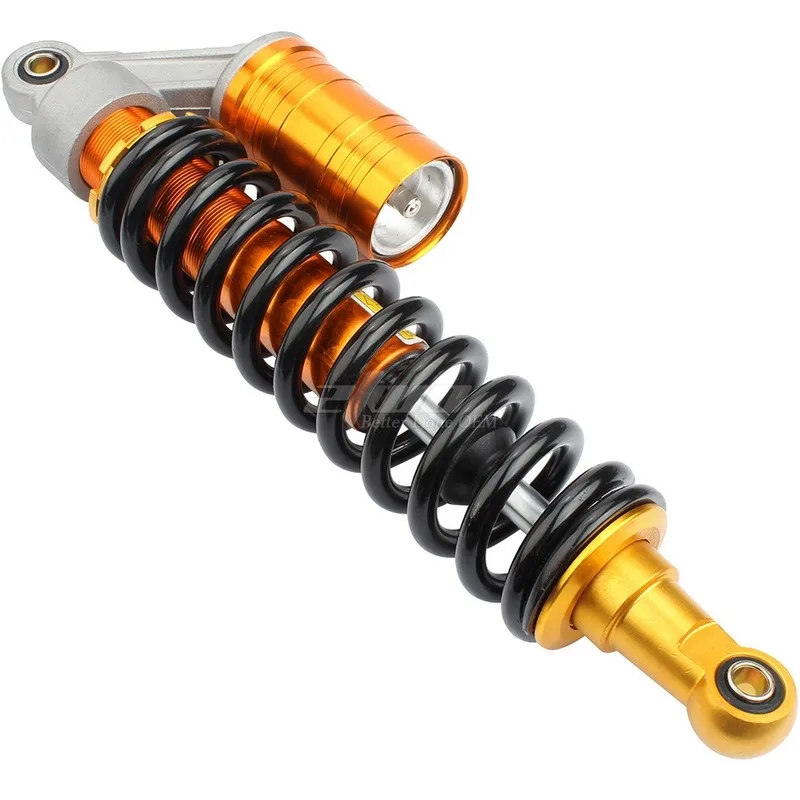
For someone high cross-country ability and large suspension travels are important, for someone it is important the possibility of towing a trailer, someone puts at the forefront of requirements the possibility of high-speed movement over rough terrain, and for for someone, the opportunity to ride in nature is important, and at the same time not shake "yourself beloved" on the bumps.
The SS20 module uses reinforced shock absorbers . Particular attention when setting up the suspension was given to maintaining comfort when moving over rough terrain and at the same time, increasing handling on all types of surfaces.
Changed characteristics of the front and rear springs, while maintaining the standard height ATV.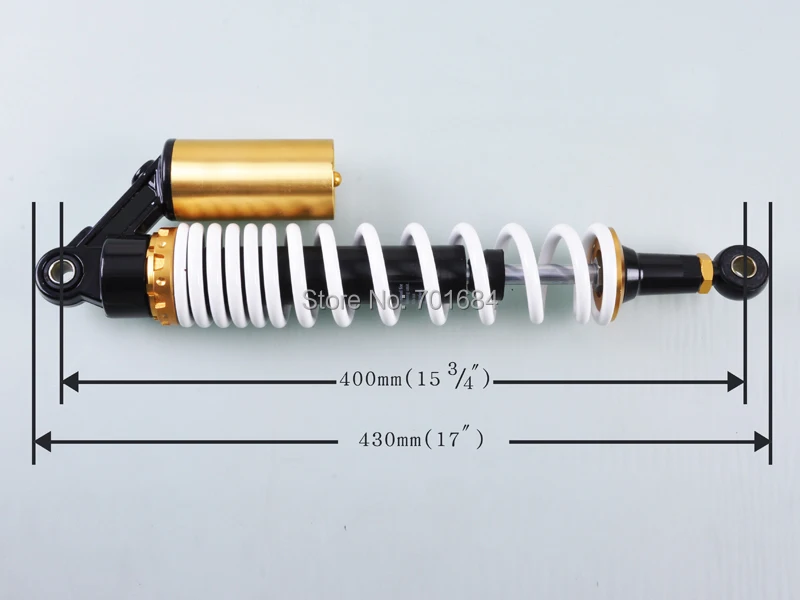 The front spring has become somewhat stiffer, and the rear spring on the contrary, softer. This avoids sharp shocks and "goat" when driving over bumps in the road, which significantly increases handling and driving comfort. Also, a similar change in the characteristics of the springs more correctly matched the rigidity of the front and rear suspension, and reduced the vibrations of the ATV about the transverse axis.
The front spring has become somewhat stiffer, and the rear spring on the contrary, softer. This avoids sharp shocks and "goat" when driving over bumps in the road, which significantly increases handling and driving comfort. Also, a similar change in the characteristics of the springs more correctly matched the rigidity of the front and rear suspension, and reduced the vibrations of the ATV about the transverse axis.
We offer a choice of suspension modules with two types of springs:
Settings shock absorbers have been significantly improved compared to the standard ones. Changes were made to the throttle and valve modes of the shock absorber. The characteristics of shock absorbers are better balanced with the characteristic springs.
Changes were made to the throttle and valve modes of the shock absorber. The characteristics of shock absorbers are better balanced with the characteristic springs.
SS20 suspension modules for ATVs have two damper settings - "Comfort" and "Sport":
The SS20 shock design for Jumbo 700 ATVs is also significantly different from stock.